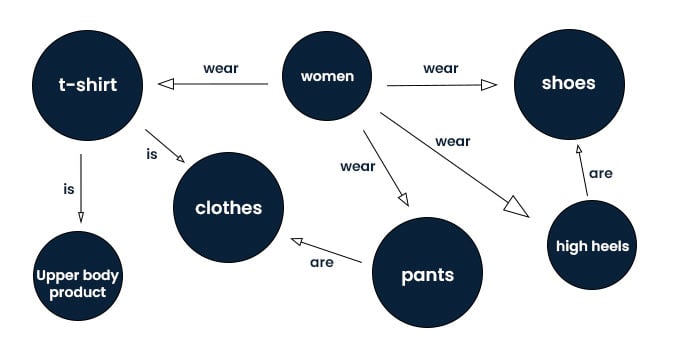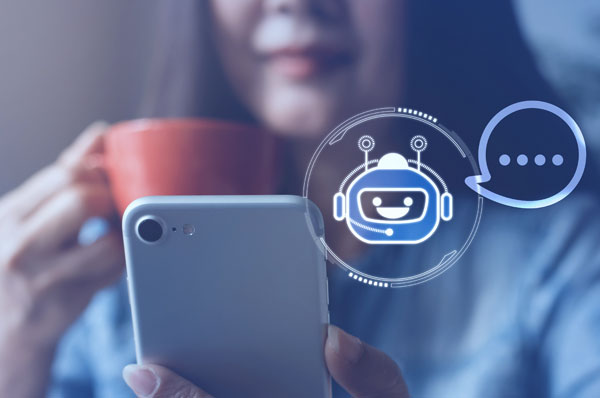This is where modern AI is making a real difference. Thanks to AI, it’s now possible to understand the intent behind a user’s search request. It can determine whether the user is looking to find information, navigate to a specific website, or find a product or service.
It’s this understanding of user intent that enables the best possible match between what the customer is looking for and the recommended results. Getting this right helps to drive customers through the e-commerce conversion funnel and ultimately increase revenue.
But this evolution doesn’t stop with user intent. It’s also about understanding the nature of the products.
While user intent is a customer expressing their want or need, product understanding is how you serve up the right response to that want or need.
AI has opened up new capabilities in conceptual understanding of a product’s features and usage. This technology can pinpoint what a customer’s intent is and map that with the product database to generate more tailored results.
This is possible because, unlike natural language processing, AI works through knowledge graphs. These contain all of the known information about a product group or type. For example, a knowledge graph will know that a t-shirt is an upper body product.

Over time, these knowledge graphs get more detailed and enriched with information. They also understand the affinity between different product types so they can determine which products are a substitute or complement for one another. For example, a bow tie can be a substitute for a tie, while shoes can complement a dress.
The more enriched the knowledge graphs become, the better the AI can respond in identifying which products best map the user intent. This is what is moving the needle on product recommendations that drive better e-commerce conversion rates and move customers through the conversion funnel.
Using AI for User Intent Benefits Shoppers and Retailers
There are many shopper benefits to getting user intent understanding and product understanding through AI right.
One of the biggest is that recommendations are more relevant. This naturally makes for a better user experience for customers, and at Avensia we’re all about putting user experience first.
Shoppers want to find products that fit their specific wants and needs at that time. By understanding context better, you can get them to those products faster and in fewer clicks. They enjoy a more convenient shopping experience and engage with your e-commerce conversion funnel more quickly.
This is a real benefit when you consider that customers don’t have a lot of patience for slow or drawn-out online experiences. People are busy, and they don’t want to waste their time finding what they’re looking for. The longer it takes them to find what they want through clicks and filters and keyword searches, the more likely it is that they will exit without converting.
Smarter recommendations also make e-commerce more convenient. There are thousands of potential results for every search a customer makes. It would be impossible for them to look through them all.
As such, they’re looking for brands and retailers to narrow down those options to the very best match. Given that many people turn to online shopping because of the perception of convenience, this can make a real difference to how many shopping journeys progress through digital channels.











